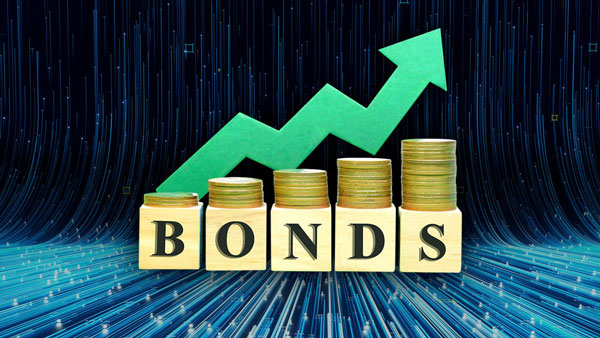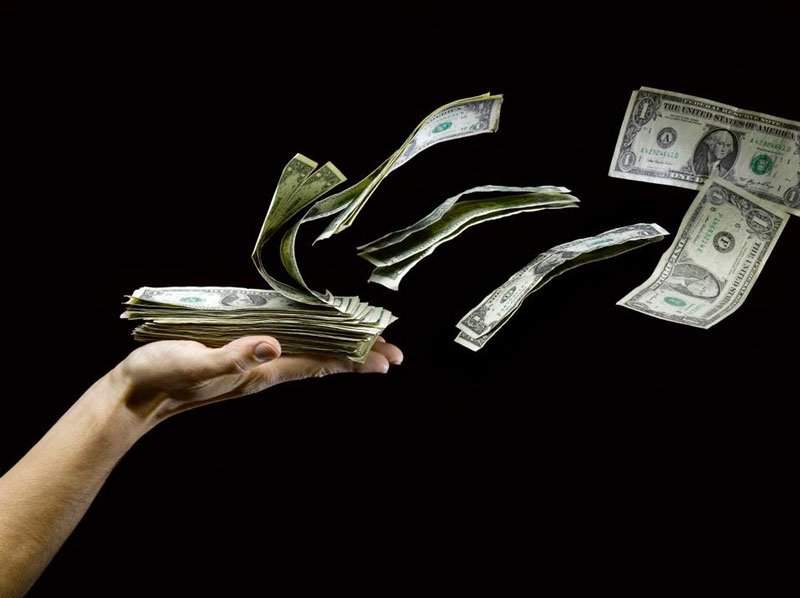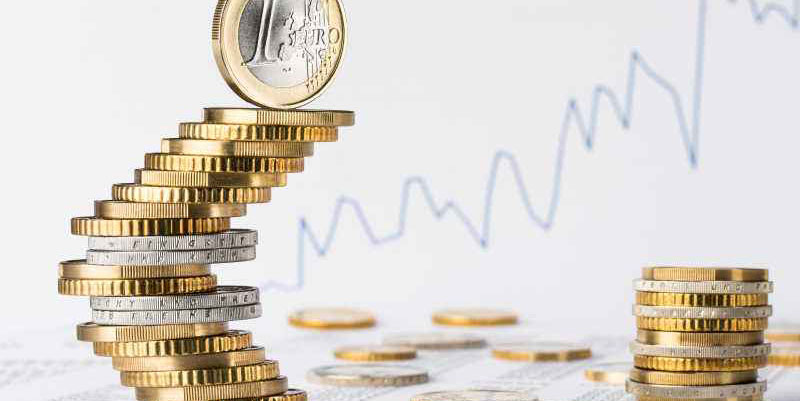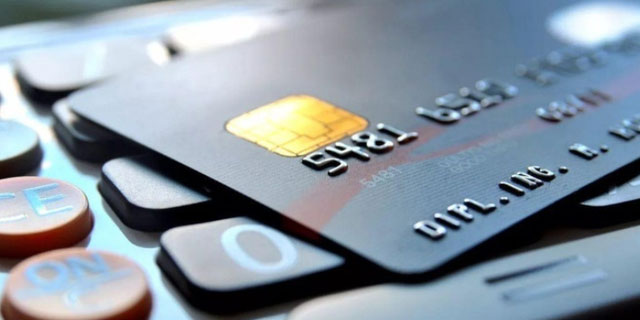It is possible to buy a discount bond in the secondary market at a lower price than it was originally sold for when it was issued. The sole difference between this and a zero-coupon bond is that the latter pays interest only when the bond reaches maturity. When the coupon rate on a bond is lower than the current interest rate, it is said to be trading at a discount.
Discount Bonds: How They Work
Investors acquire bonds with the expectation that they would receive interest payments from the bond company. On the other hand, the bond's value is likely to rise or fall in response to market interest rate fluctuations.
The bond's value decreases as interest rates increase. As a result, the bond is being sold at a lower price. That's how the discount bond got its moniker. Discounting considers both the bond's risk and the issuer's creditworthiness.
In the discount bond market, the price is given at a lower level than the market rate. Investors that buy bonds at a discount pay less than the bond's face value. However, this does not always imply that the bond has a higher rate of return.
When Trading, Why Do Bond Prices Change?

Every new bond is issued with a coupon that specifies how much interest bondholders can expect to earn. For instance, a yearly interest payment of $30 will be made on a $1,000 bond with a 3% coupon rate. The bond's value will grow, and it will be traded at a premium if the current interest rates fall to 2%. The bond's value will decrease, and it will trade at a discount if interest rates climb to 4%.
Bond prices must adapt such that their YTM matches or nearly matches the YTM of newly issued bonds when interest rates change. Bond prices and YTMs move in opposing directions, which explains this. YTM (Yield to maturity) must fall below par value (discount bond) if interest rates are higher than the bond's coupon rate. Bond prices climb above par when interest rates fall below the coupon rate.
Discount Bonds and Interest Rates
There is an inverse connection between the bond yield and the bond price. The bond price will fall when interest rates rise, and vice versa. It is conceivable that a bond's face value will be devalued if offered to investors at a lower coupon rate than the current market rate. Investors can now get a greater return on a similar bond or security, which explains the reduced price.
Let us imagine, for example, that interest rates rise as a result of bond purchase. Higher interest rates in the economy reduce the value of freshly acquired bonds since they pay lower interest rates than the market.
A Yield to Maturity Approach

Investors can use a formula known as yield to maturity to convert the price of an older bond to its current market value (YTM). Calculating yield to maturity considers the current market price of a bond and the bond's par value, interest rate, and maturity date. Many online financial calculators can calculate the YTM of a bond, even though the YTM calculation is fairly complex.
The Default Risk of Discount Bonds
As long as the lender does not go bankrupt, the odds of your discount bond appreciating are good. A matured bond will pay its face value regardless of how much you paid for it when it was first issued. Short-term bonds have a lower maturity rate than long-term ones. Long-term bonds have a maturity of more than 15 years, whereas short-term bonds mature in less than a year.
The Difference Between Premium and Discount Bonds
Standard bonds are always issued when a company issues a bond for the first time—never premium or discount bonds. In other words, the par value is the price you pay for a new bond at the time of purchase. Once a bond is listed for sale, it might be considered "premium" or "discount." The "primary market" is where new bonds are offered for sale, while the "secondary market" is where existing bonds are offered.
What Exactly Is a Premium Bond?
A premium bond sells in the secondary market above its par value (original price). Bonds with a higher interest rate than the current prevailing interest rates for new bonds will trade at a greater premium. Investors are ready to pay more for the greater yield of the bond, which is why prices have risen.
What Exactly Is a Discount Bond?
A discount bond is currently selling on the secondary market for less than its face value. A bond with a lower coupon rate than the current market rate is more attractive to investors because the upfront discount compensates for the lower coupon rate.
What Makes Them Unique?
Bonds with lower coupon rates are known as discount bonds, and they have lower maturities and credit ratings. This can be better understood if we look at an example. Let's imagine you bought a 10-year bond five years ago, and it's now a 5-year bond. You wish to get rid of this bond, which has a 5% coupon rate, as soon as possible. Since your bond has five years before maturity, new bonds with a five-year maturity will compete with yours for buyers.



